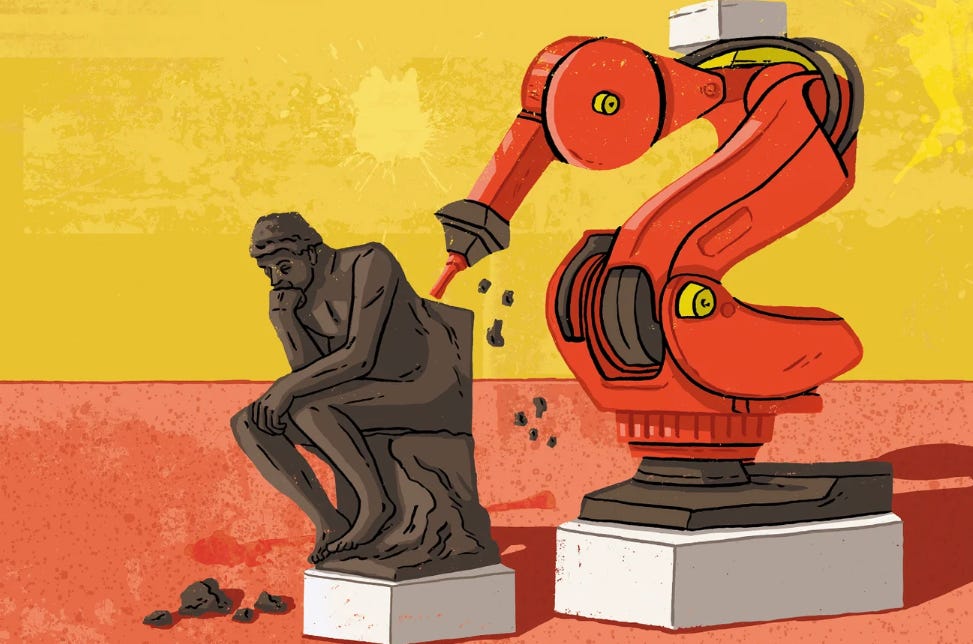Think of your favorite piece of art—a painting, a song, a novel, a movie or even a video game—and try to remember why it made such a strong impression on you. Was it the color, the cadence of notes, the way the writer made you feel understood, the deep emotion of the actors?
Now imagine that artificial intelligence created it.
The question might seem flippant, yet this is the future toward which we are racing. Over the past few years, AI developers have improved the technology’s ability to create art across nearly every field: not just writing, digital art, photos and videos but also three-dimensional models, dance choreography and architectural designs.
With AI so rapidly learning to produce art forms previously considered the exclusive domain of human ingenuity, we thought it important to understand how people view this transformation.
Read more | SCIENTIFIC AMERICAN

